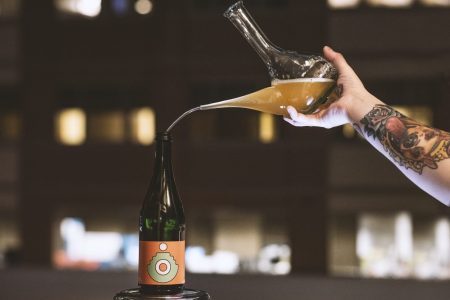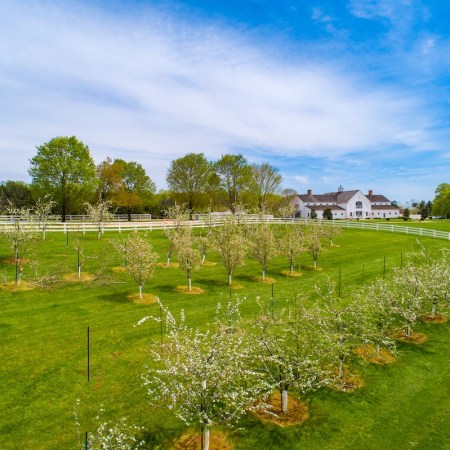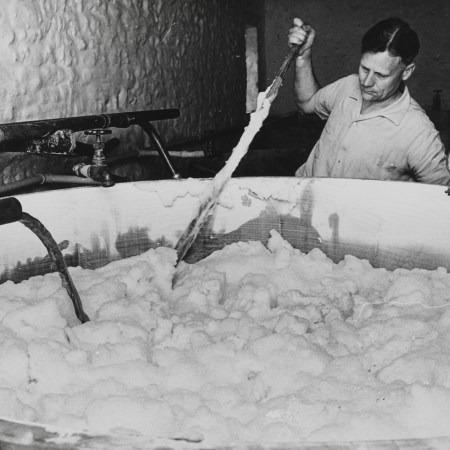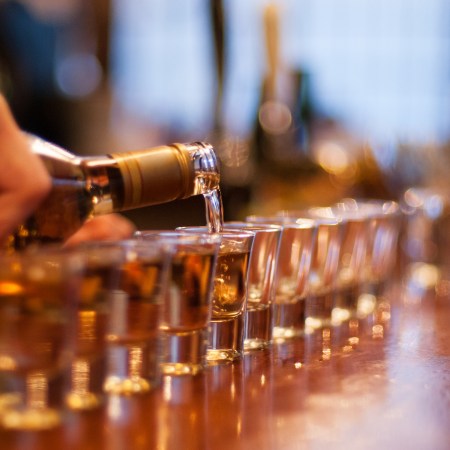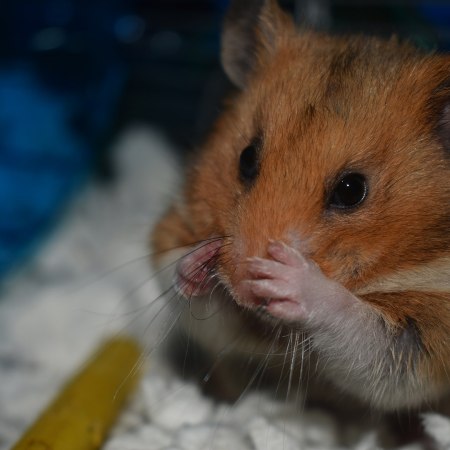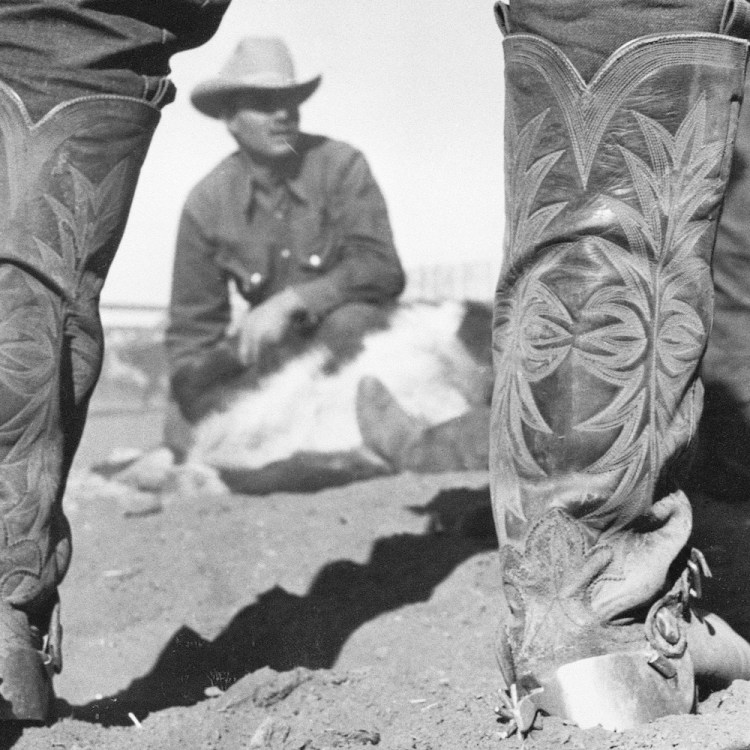What happens when certain kinds of fruits remain unharvested for too long? The same thing that happens to many things with a certain amount of sugar when left unattended: they get boozy. And when wildlife eat those fermented fruits, well, they tend to get drunk. But what does animal drunkenness look like in the wild — and how widespread is it? Thankfully, a group of scientists is on the case.
In late October, those researchers published a paper titled “The evolutionary ecology of ethanol” in the journal Trends in Ecology & Evolution. At the heart of that paper is a simple argument: that ethanol being so widespread likely means that animals have been getting buzzed or drunk since prehistoric times. (We recommend taking this moment to imagine a brontosaurus stumbling across the landscape.) Alternately, as the paper’s authors phrase it, “ethanol is ecologically relevant.”
The paper’s authors concede that their thesis “challenges prevailing assumptions about the availability of ethanol in nature and its significance in the life history of most animal lineages.” But they point to earlier research that’s focused on creatures ranging from elephants to waxwings to bolster their theory — even as they also note that some animals, like the pentailed treeshrew, have evolved to consume alcohol with no ill effects.
WTF Is Mixed-Fermentation Beer? Crooked Run Breaks It Down.
The experts at the Virginia brewery explain the nuances and offer recommendationsAs Saul Elbein observed in an article about the study for The Hill, these findings also have substantial implications for human consumption of ethanol — namely, that the idea of seeking out intoxicating substances might be something that predates the existence of humans. So if you’re enjoying something boozy in the days to come, just remember: you’re taking part in a very long tradition.
Join America's Fastest Growing Spirits Newsletter THE SPILL. Unlock all the reviews, recipes and revelry — and get 15% off award-winning La Tierra de Acre Mezcal.

